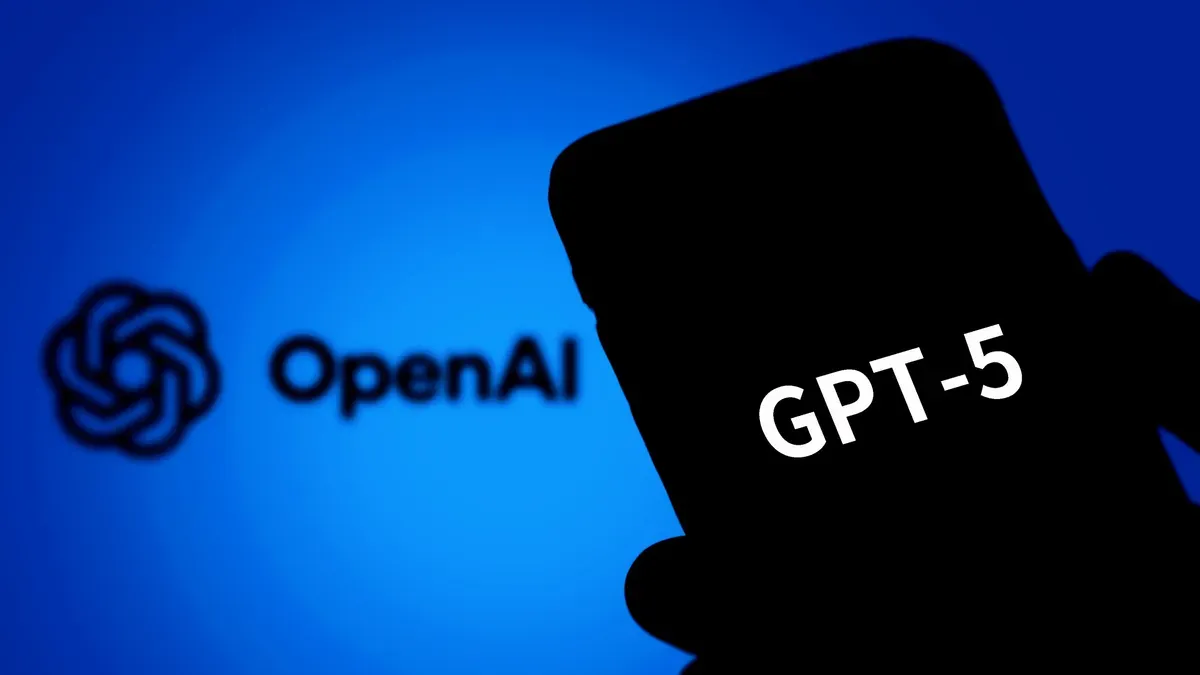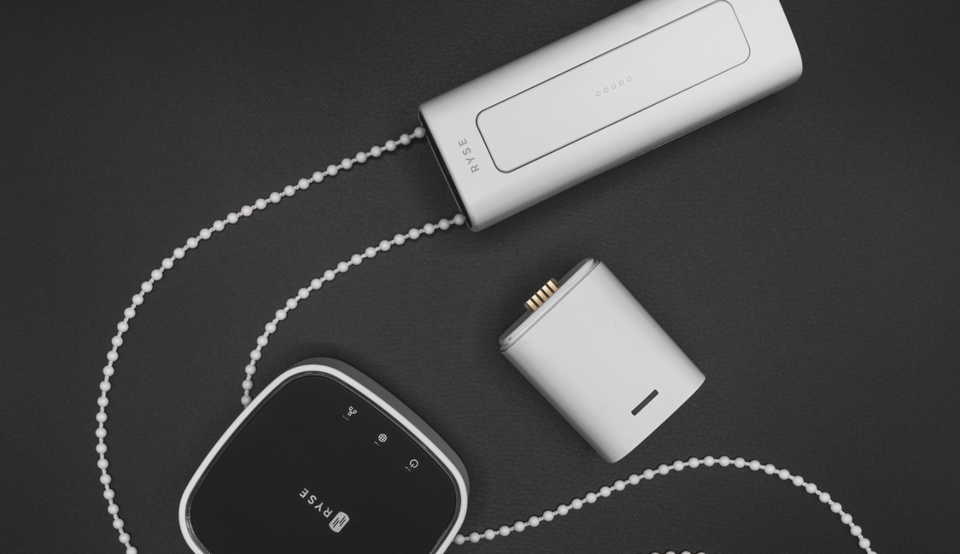Did OpenAI Just Learn That “Smarter” AI Isn’t Always Better?


OpenAI just pulled the tech version of taking your favorite menu item, replacing it with a “healthier, tastier” version no one asked for, then putting the old one back after the Yelp reviews started looking like a hostage situation.
Last week, they launched GPT-5, their “most advanced” AI yet. It was supposed to combine the speed of the fast-talking cousin, the brainpower of your overachieving sibling, the creativity of your artsy friend, and the memory of your grandma into one supermodel (the AI kind, not the runway kind). In theory, it would always know when to be quick and when to be deep. In reality? A glitch broke the “which brain should I use?” switch, and GPT-5 started serving lukewarm answers like a distracted barista.
People noticed. People complained. People yelled in Reddit threads. CEO Sam Altman hopped on like, “Okay, fine, you can have GPT-4o back while we fix this mess.” Oh, and during the big GPT-5 launch, they also showed a chart that had the bars in the wrong place, making the model look more accurate than it really was. Imagine bragging about your kid’s straight A’s, then realizing you were holding the wrong report card.
This isn’t just about which robot sounds smarter. It’s about realizing that “new” doesn’t always mean “better.” If your AI assistant suddenly gets an “upgrade” that makes it feel clunky, unhelpful, or just plain weird, it can slow down your work, frustrate your customers, and make you consider going back to good old-fashioned Google searches.
OpenAI’s endgame is to have one AI to rule them all, a single, unified brain that handles everything from quick grocery lists to deep market analysis, without you having to choose which model to use. Why? It’s simpler to sell, cheaper to maintain, and easier to slap on a billboard. And yes, they’re racing against Gemini, Claude, LLaMA, and every ambitious startup trying to build a digital know-it-all.
If you’re a CEO, you want your AI to help you draft a killer investor pitch and rip apart a competitor’s earnings call without missing a beat, and if you’re a manager, you want your team’s reports, emails, and research ready without playing “Guess Which AI Is Working Today.”If you’re just a regular person, you want your AI to plan your vacation without confusing “Paris, Texas” with Paris, France, or worse, booking you a camping trip when you asked for a beach resort.
The questions you should be asking: Does this AI actually make me faster? Do I need one model or a small army of them? Is it clear where it’s getting its answers? And most importantly: Do I feel smarter after using it, or am I Googling “Why is my AI acting weird?” five minutes later?
OpenAI learned that you can’t just sell “smarter”; it has to feel better, too. And your feedback is now part of the survival guide for these AI companies.
Does this change matter to you? Will it make a difference in how you, your team, or your grandma’s quilting club uses AI? Or is this just another Silicon Valley “oops” you’ll laugh about while waiting for the next update? Drop your thoughts because if AI keeps changing this fast, we might all need a support group.
- Matt Masinga
*Disclaimer: The content in this newsletter is for informational purposes only. We do not provide medical, legal, investment, or professional advice. While we do our best to ensure accuracy, some details may evolve over time or be based on third-party sources. Always do your own research and consult professionals before making decisions based on what you read here.




